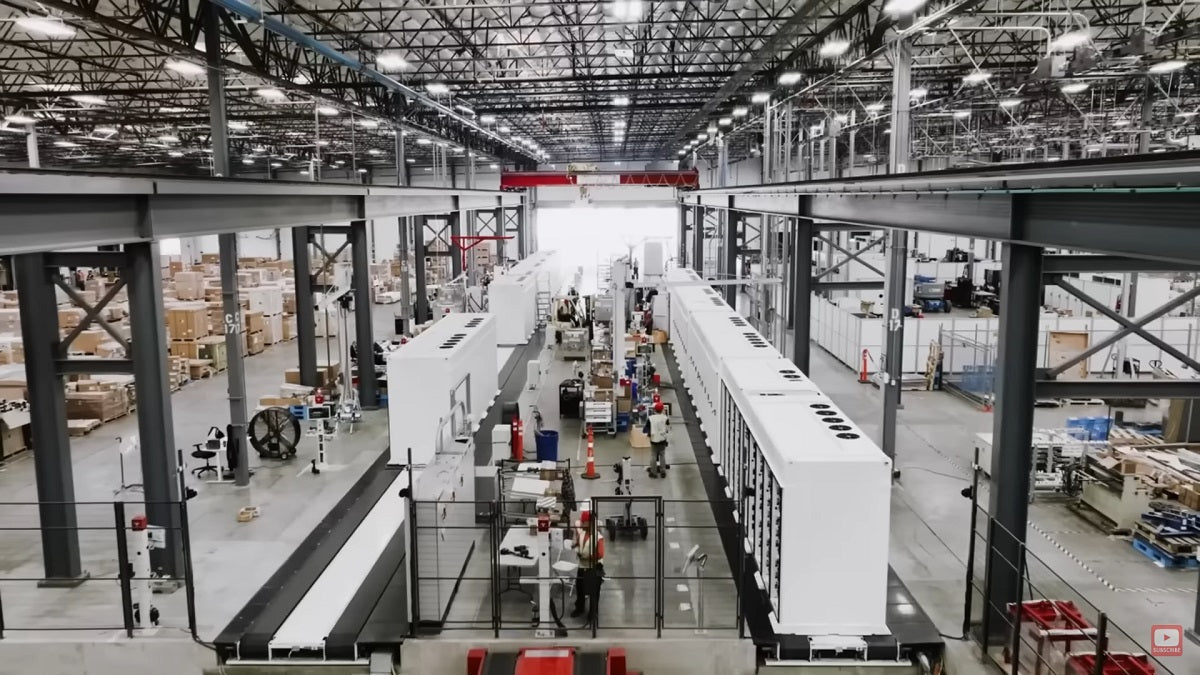SpaceX completed the 27th NASA Commercial Resupply Mission (CRS-27) to the International Space Station (ISS) on April 15. After spending around a month docked to the ISS Harmony module, Dragon CRS-27 autonomously undocked at 11:05 a.m. ET, while the Station was orbiting over the Indian Ocean to begin a six-hour long voyage back to Earth. The uncrewed spacecraft carried over 4,300 pounds of science cargo, as well as supplies no longer needed at the ISS laboratory. The spacecraft had delivered around 6,200 pounds of cargo when it arrived on March 16.
Dragon CRS-27 reentered Earth’s atmosphere and performed a parachute-assisted splashdown off the coast of Florida on Saturday at 4:58 p.m. ET. NASA did not broadcast the capsules return, so we have no video. SpaceX confirmed via Twitter that the spacecraft splashed down safely. The company announced that the spacecraft was recovered by SpaceX’s recovery team, “the critical science aboard the spacecraft will be transported via helicopter to NASA Kennedy Space Center and provided to researchers,” shared SpaceX representatives via Twitter.
SpaceX uses a recovery ship to fish-out Dragon out of the salty water as soon as possible to rapidly extract the vital cargo the capsule is carrying, which include the results of important scientific research conducted in microgravity. To minimize the effects of gravity affecting the science experiments’ results, teams must rapidly deliver the cargo back to special facilities at NASA Kennedy Space Center where they will then be handed to their respective researchers and rapidly flown to laboratories around the world. Some of the scientific research Dragon CRS-27 brought back to Earth includes:
Project Maleth-III, which studied human skin tissue samples (microbiomes) from diabetic foot ulcers at the Space Station. A TESMANIAN journalist had the opportunity to discuss this research last month with University of Malta Professor Joseph 'Sci' Borg. He is a European molecular geneticist, biomedical laboratory scientist, and founder CEO of Spaceomix – a space technology company dedicated to advancing biomedical research. The research is analyzing the effects of microgravity on the human microbiome and its adaptation to harsh environments in order to create potential medical treatments for diabetic patients. "The human skin microbiome is a complex ecosystem of microorganisms that live on our skin and play a critical role in maintaining our health. Research has shown that disruptions to the skin microbiome can lead to a range of skin disorders and other health problems. This type of research can help both people here on Earth, as well as humans that venture deeper into space for Moon- and Mars- based exploration or longer duration missions aboard the ISS," Professor Borg told TESMANIAN, linked below. Read the full story: Third Spaceomix Maleth Program science research
Another research that returned aboard CRS-27 involves Tomato plants grown at the Space Station. The astronauts grew dwarf tomatoes in the station’s Veggie miniature greenhouse and performed three harvests at 90, 97, and 104 days. “They froze tomatoes, water samples, and swabs of the growth hardware to examine the effects of light quality and fertilizer on fruit production, microbial safety, and nutritional value,” shared NASA, “The ability to grow plants in space for fresh food and an improved crew living experience is important for future long-duration missions. The hardware could be adapted for use on Earth to provide fresh produce for those without access to gardens and as horticultural therapy for older people and people with disabilities.”
Analyzing aging arteries: “Astronauts can experience accelerated arterial wall stiffening and thickening after six months in space, and a daily session of aerobic exercise alone may not be sufficient to counteract these effects. Vascular Aging, an investigation from CSA (Canadian Space Agency), monitors these changes using artery ultrasounds, blood samples, glucose tolerance tests, and wearable sensors,” shared NASA in a press release. “Results could help identify and assess risk to astronaut cardiovascular health and point to mechanisms for reducing that risk. For the aging population on Earth, understanding the mechanisms behind arterial stiffness could provide insight to guide prevention and treatment. Blood samples collected for the investigation are returning to Earth for analysis.”
CRS-27 also returned an experiment on Fire Safety. The Solid Fuel Ignition and Extinction – Growth and Extinction Limit (SoFIE-Gel) experiment studied “burning in microgravity, including how fuel temperature affects material flammability.” The investigation is designed to investigate fire growth behavior in microgravity to develop methods and technologies to improve safety in space to protect astronauts from potential fires on future missions. “Studying flames in space without the complications of buoyancy also helps improve computer models of combustion for terrestrial applications. Gel samples from the investigation are returning to Earth for further analysis,” said NASA.
Growing higher quality crystals: Hicari, an investigation from JAXA (Japan Aerospace Exploration Agency), tested a growth method and produced crystals of a silicon-germanium (SiGe) semiconductor using the Japanese Experiment Module-Gradient Heating Furnace (JEM-GHF). “This crystal growth method could support development of more efficient solar cells and semiconductor-based electronics. The space-produced crystals are returning to Earth for analysis,” shared NASA.
Source: NASA
 Featured Image Source: NASA
Featured Image Source: NASA
About the Author

Evelyn Janeidy Arevalo
Evelyn J. Arevalo joined Tesmanian in 2019 to cover news as a Space Journalist and SpaceX Starbase Texas Correspondent. Evelyn is specialized in rocketry and space exploration. The main topics she covers are SpaceX and NASA.
Follow me on X
 Featured Image Source: NASA
Featured Image Source: NASA 







